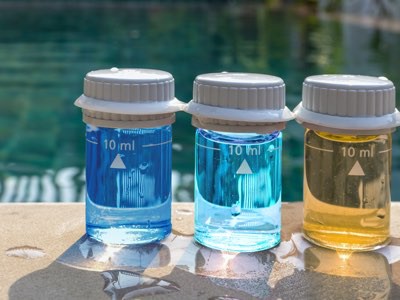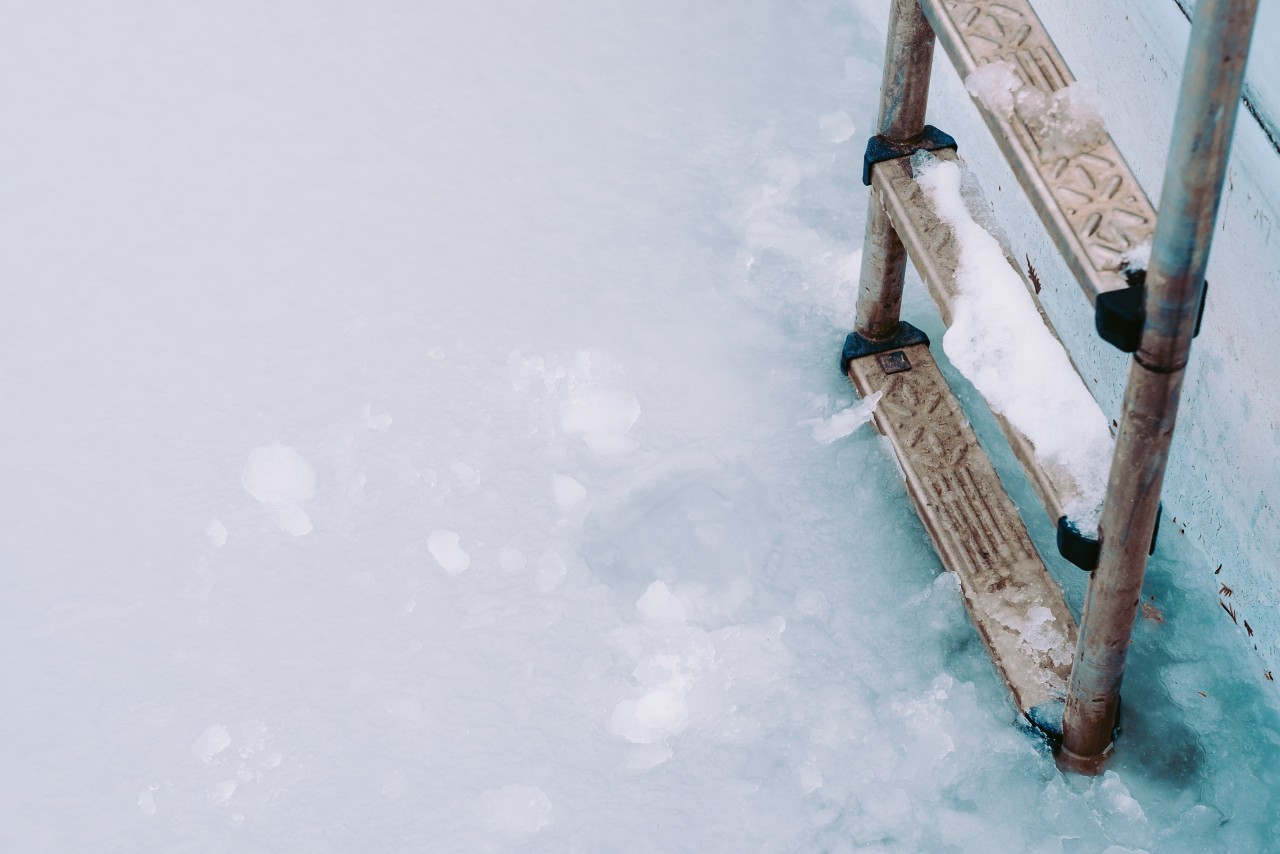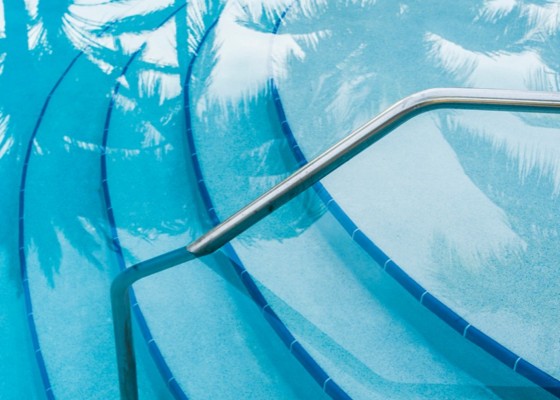- Home
- Education & Support
- Water Education Center
- Pool & Spa
- Tropical Storm Pool Protection
How to Prepare Your Pool and Clean Up After a Storm
When severe weather impacts your home, your pool can be affected as well. The first thing to remember is that pool equipment is replaceable, and never put it before you and your family's well-being. When you are ready to assess and address your pool, Pentair has some general tips for you.
After the Tropical Storm
Review these seven tips to help get your pool up and running after a storm.
If you have questions about protecting your pool and equipment consult with your local pool service dealer and follow the best practices outlined below.
If You Have Time Before a Tropical Storm
- Do not empty your pool
Pools are designed to be full at all times. More issues may arise if your pool is empty during a hurricane or tropical storm. - Power down your electrical equipment
Turn off all circuit breakers that feed into pumps, chlorinators, heaters, lighting, and other equipment. The Pentair Pool App will make powering down as easy as a tap of a finger. - Protect your pool equipment
Cover any equipment that will be exposed to water with tarps or plastic sheets and secure as best as possible. It may be better to disconnect and store devices, especially your pool pump, in a safe space if you expect flooding. - Stow all loose furniture and poolside items
If it is not bolted down, take it inside! Any loose items can turn into dangerous projectiles. Submerging lawn furniture is an option as well. - Leave off your pool cover
While it may be tempting to cover your pool, flying debris can cause damage to your pool cover, so leave it off. You never know what might fly by during a storm. - Give your pool a shock
Shock, or super chlorinate your pool in preparation for extreme weather. Add extra chlorine before a big storm to help your pool water from being contaminated by debris.
After Extreme Weather
- Make an appointment with your pool professional
Your pool might need a pool professional, and it is best to reach out to set an appointment because there could be a backlog after a weather incident. It is always a good idea to consult your pool service professional to help create a plan to bring your pool water back to its original state. - Inspect your pool equipment
Uncover and inspect all your pool equipment before you turn the circuit breakers back on. If any of your pool equipment was exposed to water, have a pool professional inspect it before you power everything back up. - Remove storm debris
Remove large debris pieces, like sticks or stray furniture, by hand. Using a rake or skimmer, remove smaller leaves and debris from your pool. If you have electricity, use your automatic pool cleaner to remove fine debris. - Power up your pool
After confirming your equipment is in working condition and any obstructions are removed, prime the pump, power up your pool equipment and put your filter to work. It may be necessary to drain your pool a bit to bring it back down to the optimal level. Run your pump for longer than usual until your water is clear. It is recommended to backwash your filter to keep water flowing. - Balance your water chemistry
Check and balance your water chemistry's pH, alkalinity, hardness and conditioner before you add chlorine. - Shock your pool
Once the water chemistry is balanced, a dose of chlorine will likely be needed to get your pool water back to its ideal state. - Monitor your pool
Once your pool is running, and your water quality is back to normal, keep an eye out for the next few days to ensure everything is working correctly.
Contact your pool professional for more information on how you can restore your pool after the storm has passed.
Related Articles

To keep your pool water crystal-clear and sparkling clean this season, here are five things every pool owner should recognize as signs their water needs attention.

Sometimes a severe winter storm can roll through your area and affect your home and pool. Here how you can manage your pool in a power-outage.

Proper winterization is the key to protecting your pool through the winter. If you’re a DIY-er, follow the steps below to properly winterize your pool.



